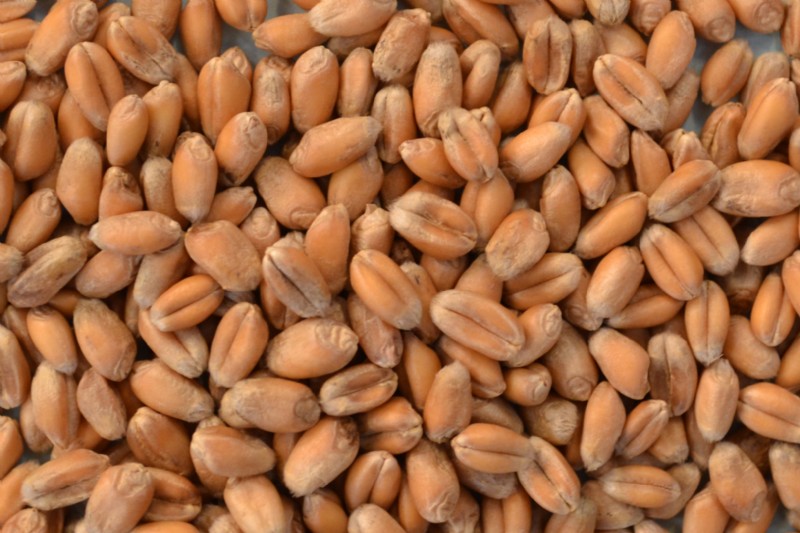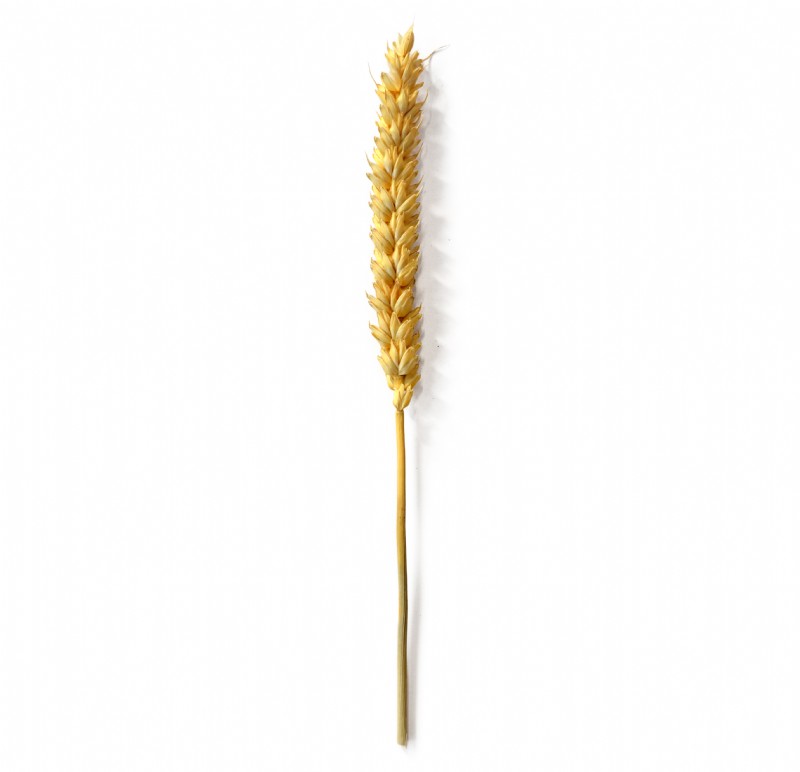Wheat
Wheat is one of the most widely produced cereals in the world, it is grown on more land than any other food crop. It is used for human consumption and livestock feed. The straw is a useful commodity bi product, normally used for livestock bedding.
Uses
Human consumption, livestock feed and as a over winter bird food constituent.
Persistence
An annual cereal species.
Strengths
It is easy to grow, with a wide choice of varieties available. The grain is nutritious and high in protein.
Frost Tolerance
Wheat has good frost tolerance.
Sowing Rate Advice
75kg per acre / 187.5kg per ha.
The above rate is for a pure stand.
Mixture Sowing Rate Advice
0.5 - 3.5kg per acre / 1.25 - 8.75kg per ha.
Often used as a component of wild bird food seed mixtures, a robust inclusion will ensure high proportions of triticale are seed in the field.
Ideal Sowing Time
Wheat can be sown from early spring until late autumn. However if sown to provide winter bird food, it must be sown with a spring variety from March to May.
Distinguishing characteristics
Seed
Wheat seed is an oblong shape with a blunt tip. The seed is gold to pale yellow in colour, with a papery texture. It is 6mm in length.
Seedling
The wheat seedling produces a slender coleoptile, followed by a true leaf. The true leaf is dark green and tapers to a point.
Flowering Plant
It is a smooth and hairless, green, glossy plant.
It has small auricles, which are sparsely hairy.
The leaf sheath and blades are hairy.
It has a medium length ligule.
The leaves twist clockwise.
It has a shallow fibrous root system.
Additional Info
Average seeds per kg - 20,000.
Works well with
It can be combined with other seed bearing species, like millet, mustard or radish to provide winter bird food.You can find Wheat in the following mixtures








